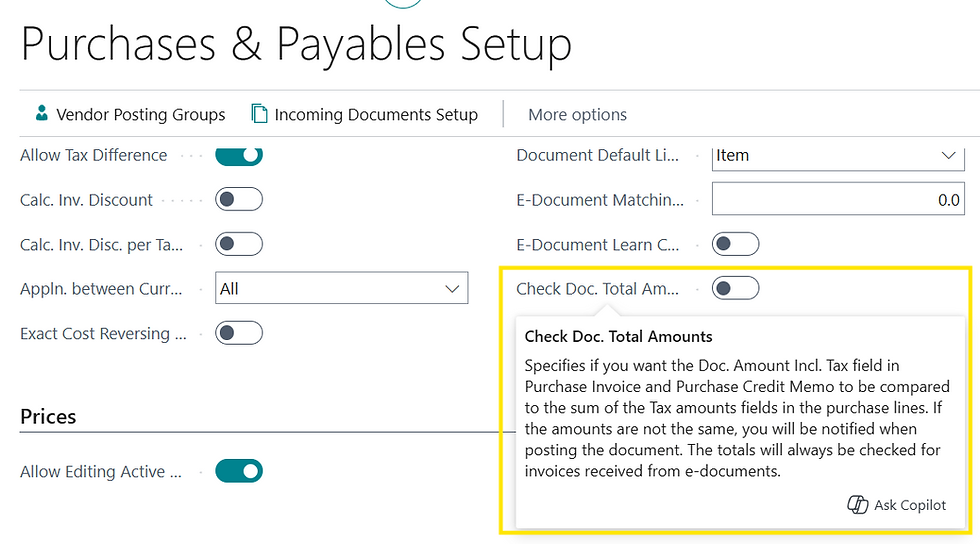Project Archiving - Benefits and Limitations
- akash shukla
- Sep 3
- 2 min read
Managing projects efficiently is critical for businesses, especially when projects evolve over time. With the Archive Projects feature introduced in Business Central (Wave 1 2024), organizations now have a powerful tool to maintain control over project data through audit trials and version control.
What is the Archive Projects Feature?
The Archive Projects capability allows businesses to automatically or manually archive project data whenever key actions occur, such as:
Changing the status of a project or deleting it
Printing, downloading, or emailing a document
Posting an invoice
This functionality mirrors the archiving options available for sales and purchase documents, ensuring consistency across modules.
Key Benefits of Project Archiving
Enhanced Data Control and Compliance
Archiving provides a clear clear audit trial, helping businesses meet compliance requirements and maintain historical records for future reference.
Example:
A construction company working on government contracts must retain projects details for 7 years for compliance. Archiving ensures that even after the project is closed, all versions remain accessible for audits.
Version Management
Every time a project is archived, a new version is created. This means you can restore previous versions if needed, reducing the risk data loss due to accidental changes.
Example:
A marketing agency updates a campaign budget mid-project. Later, the client disputes the original budget. the agency can retrieve the archived versions to show the original agreement.
3. Automation for Efficiency
Users can configure archiving to happen automatically, eliminating the need for manual intervention and ensuring no critical data is missed.
Example:
An IT services firm handles multiple short-term projects. By setting archiving to Always, they ensure every project change is captured without relying on employees to remember manual archiving.
4. Database Optimization
Archived projects are added to retention policy tables, helping keep the database size under control.
Example:
A manufacturing company with hundreds of projects annually can archive completed projects to maintain system performance without deleting valuable historical data.
How It Works
On the Project Setup page, you can choose from three options for automatic archiving:
Never - No automatic archiving; manual archiving only.
Question - Prompt users to decide whether to archive when a trigger event occurs.
Always - Automatically archive without user intervention.

Limitations to Consider
While the feature is powerful, it does come with some constraints:
No Statistics page
The Statistics page is not available on the Archived Project card page, limiting quick insights into archived projects.
Dimensions Are not Stored
Archived projects do not retain dimensions. When restoring, default dimensions are applied, which may affect reporting accuracy.
Partial Restore Capability
You can only restore projects if the original still exists and is not posted. Fully deleted or posted projects cannot be restored.





Comments